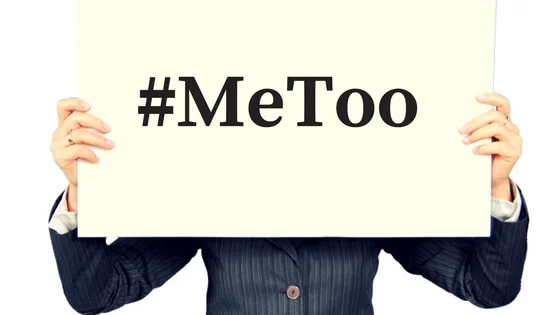Reprinted From: iConnectEngineers
Sexual harassment in the workplace has always been unacceptable, but new attention to this serious public health and human rights problem has been recently brought forward with the #MeToo movement.
The #MeToo movement impacts all industries, including engineering. As a result, businesses need to be aware of the implications and proactively focus on how to address it with employees.
Tarana Burke, a social activist, is known to have created the MeToo phrase in 2006 on the social network MySpace. Reportedly, it was part of a campaign to promote “empowerment through empathy” for women of color who had been sexually abused. Burke’s inspiration came after a 13-year-old girl told her that she had been sexually abused and Burke recalls wanting to respond: “me too.”
According to the World Health Organization (WHO), as of November 2017 about one in three women worldwide have experienced physical and/or sexual intimate partner violence or non-partner sexual violence.
The topic received widespread attention in October 2017 when reports surfaced of alleged sexual misconduct by Hollywood producer and executive Harvey Weinstein. That same month, actress Alyssa Milano tweeted: “If all the women who have been sexually harassed or assaulted wrote ‘Me too.’ as a status, we might give people a sense of the magnitude of the problem.” Since then, millions of people around the world—both men and women—have used the phrase and shared their stories.
Sexual harassment can lead to poor employee morale, low productivity and lawsuits. Companies have a responsibility to ensure it does not occur in the workplace. Not only it is a legal obligation, but it is a moral obligation and makes good sense for your business. According to a report from the U.S. Equal Employment Opportunity Commission (EEOC) conducted in 2016, $699 million was paid to workers alleging harassment via the EEOC’s pre-litigation process. This was going back to 2010. That dollar amount doesn’t include additional costs such as lower productivity and higher turnover.
The laws that prohibit gender discrimination also prohibit sexual harassment. More information about Title VII of the Civil Rights Act, which prohibits sexual harassment, can be found on the U.S. Equal Employment Opportunity Commission website.
Here are six ways to take action and help prevent sexual misconduct at your company:
Recognize Your Organization is Not Immune
Although it often isn’t easy, the first step is to acknowledge the problem and talk about it openly with employees. Make sure your employees know where you stand on issues of sexism and harassment. According to reports, many of the engineering companies have adopted a “zero tolerance” policy.
Be Transparent
Offer employees the opportunity to anonymously report discrimination and harassment and assure them that there won’t be any retaliations.
Create a Business Culture
In the past, company culture was often created as an afterthought. Now, there is more accountability in the workplace when it comes to inappropriate behavior. It is important to note that this is not just about sex, gender or sexism. In fact, studies show that it is more about the abuse of power and how inappropriate behavior is defined in the workplace culture. When creating a culture, it is critical to empower both employees and managers with the necessary skills to foster a safe environment in the workplace.
Remove the Red Tape for those Filing Complaints
Be sure to have a clear sexual harassment policy in your employee handbook, communicate it to employees and review it regularly. Pay close attention to the process that is set up for those filing complaints to ensure it is an open and comfortable environment. Victims of sexual harassment often complain that the bureaucracy and red tape required to file a complaint adds another layer of victimization for them.
Nolo.com recommends including the following in a company policy:
- define sexual harassment
- state in no uncertain terms that you will not tolerate sexual harassment
- state that you will discipline or fire any wrongdoers
- set out a clear procedure for filing sexual harassment complaints
- state that you will investigate fully any complaint that you receive, and
- state that you will not tolerate retaliation against anyone who complains about sexual harassment.
The Stanford Sexual Harassment Office offers a list of myths and misconceptions about various types of sexually harassing behaviors.
Plan Office Gatherings Accordingly
Throughout the year, companies often hold office gatherings whether it’s to celebrate a milestone or hold the annual holiday party. These events usually include alcohol, which can lead to inappropriate behavior and interactions. As an alternative, some experts recommend limiting the amount of alcohol available or not having it at all. However, others say individuals need to be accountable for their actions whether or not alcohol is present.
Conduct Training
Hold training sessions for employees at least once a year to explain what sexual harassment is. Then schedule a regular time to review your procedures and let workers know it won’t be tolerated. In addition, consider additional training for supervisors and managers so they have a clear understanding of how to deal with complaints.
Having an anti-harassment policy does not ensure there will be no complaints, but it will help prevent harassment and support individuals who come forward. Ultimately, it will enable your business to build a healthy culture and a thriving organization where workers feel safe and well respected.


